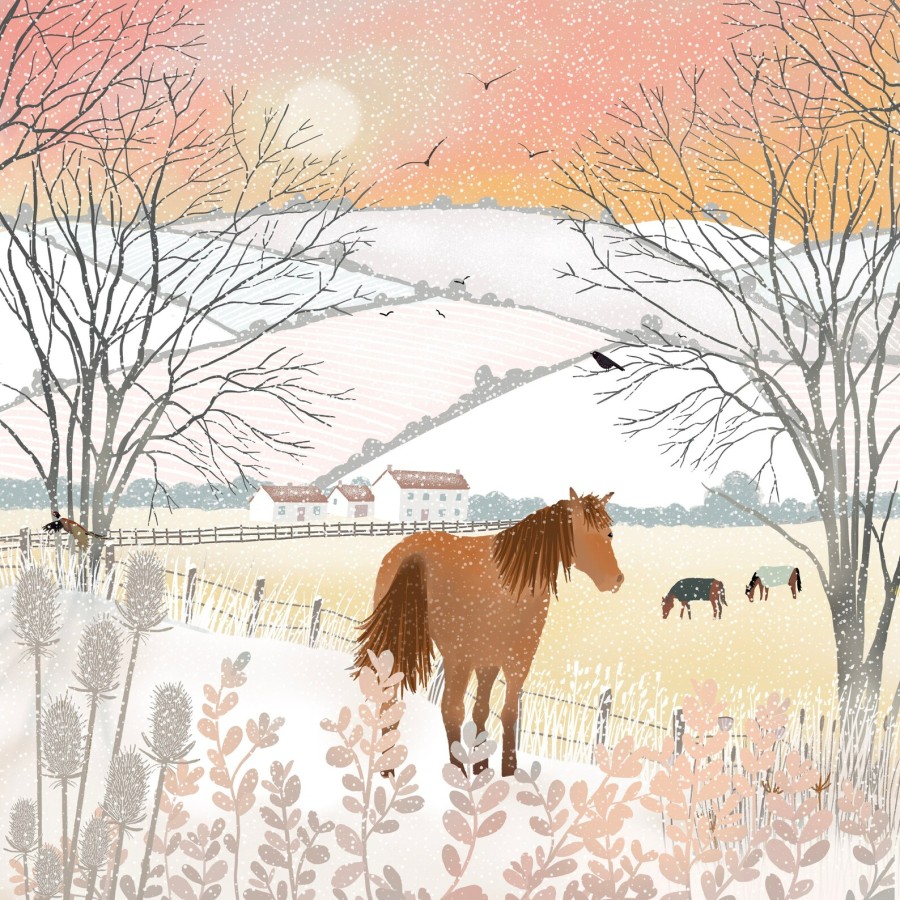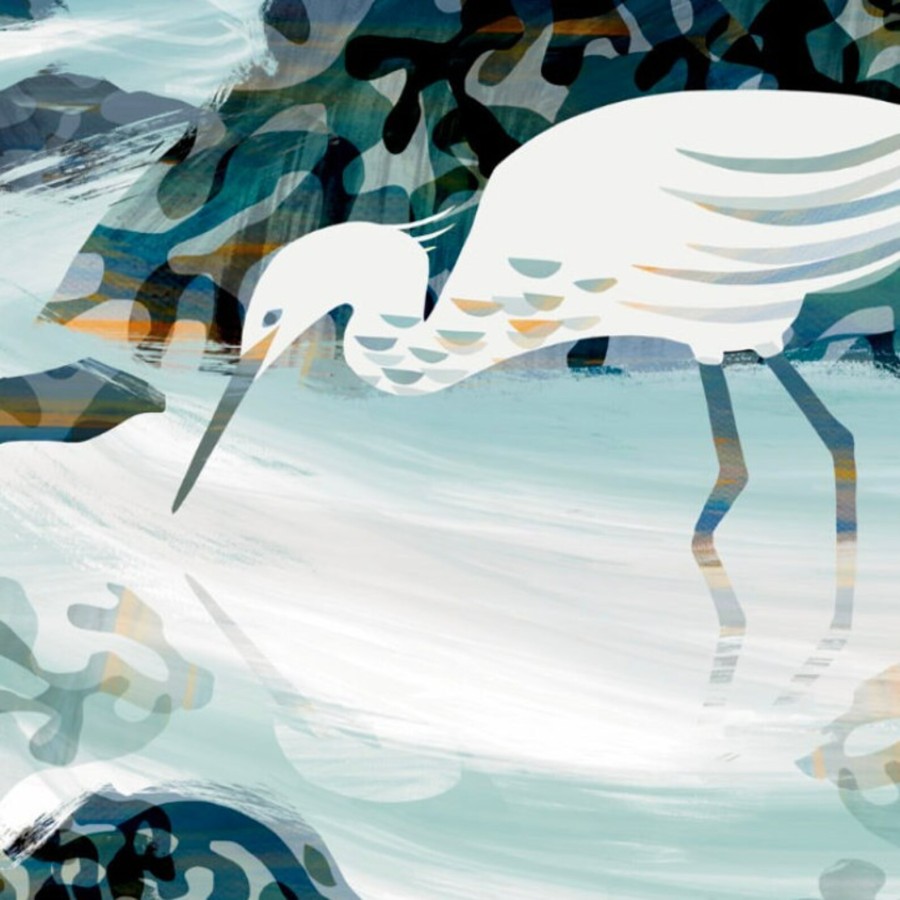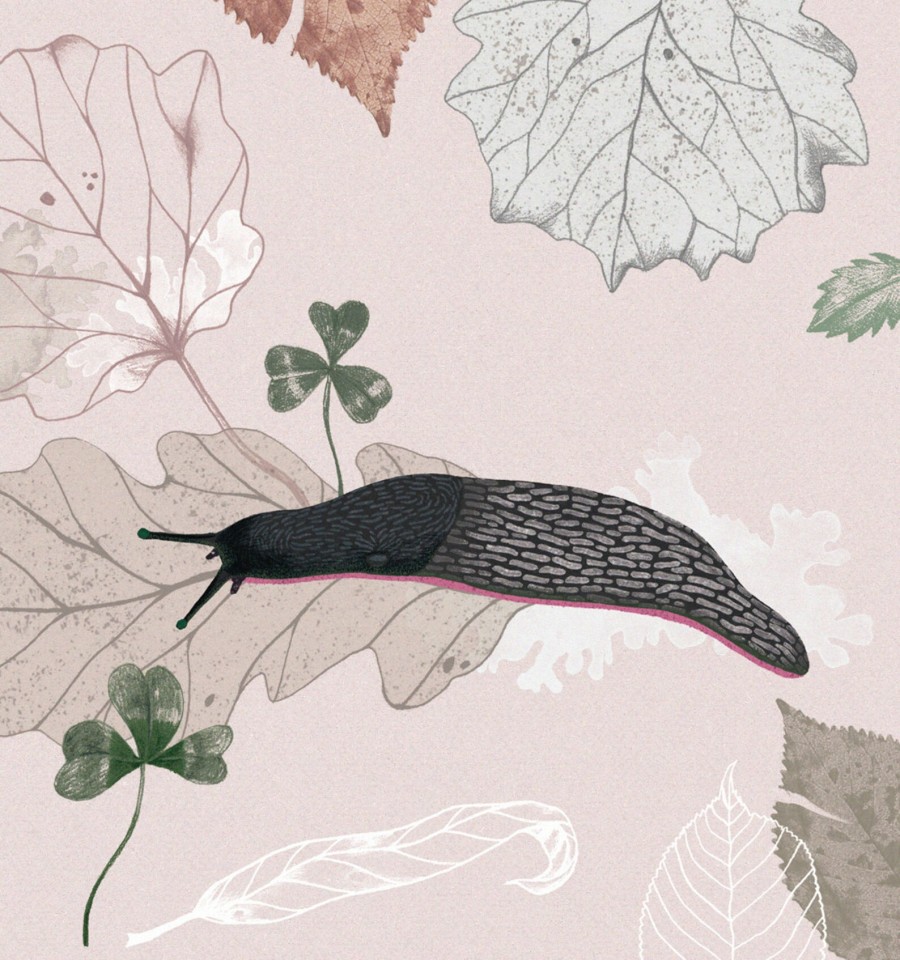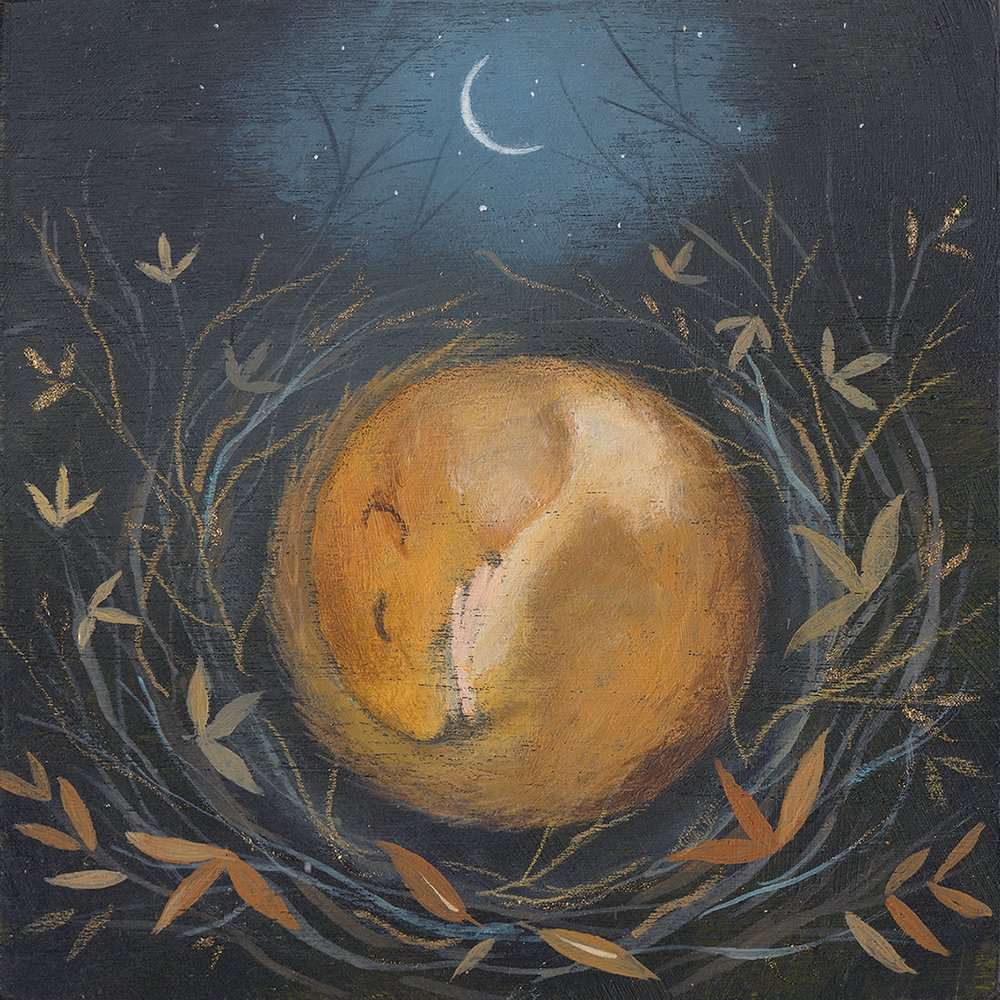
Known for their large black eyes and long black whiskers, dormice are rarely seen but leave telltale signs when they have nibbled hazelnuts (neat round holes in the shells). Like hedgehogs, dormice can be greatly helped by restoring our lost hedgerows, as this is where the main source of their food is. Numbers have now fallen around 75% in the last 25 years. They spend up to 7 months asleep (using their tale to wrap around their body to climb to find food, which is needed to keep them alive during their long hibernations. They particularly love hawthorn and oak trees, as well as hazelnut trees. Learn how to plant safely near pets.
Like most wildlife, dormice are now endangered due to lack of habitat and farming methods. The best ways to help are pretty simple. Live simply and farm/garden organically. And plant hazelnut trees! Dormice absolutely adore hazelnuts, so if you have farmland, this is the thing to plant – the dormice will thank you for it.

These dormice in the Czech Republic were photographed by Miroslav still smiling, after loggers destroyed their nest. They just climbed a reed and kept on staying happy, until being sent to a wildlife rescue.
As well as hazel dormice, England has other wild mice. Wood mice are small and shy, who also like nuts (and seeds) and are common prey for birds of prey and larger mammals. Yellow-necked mice are found in southern England and leaps up high to escape predators (it’s only found in the woods).
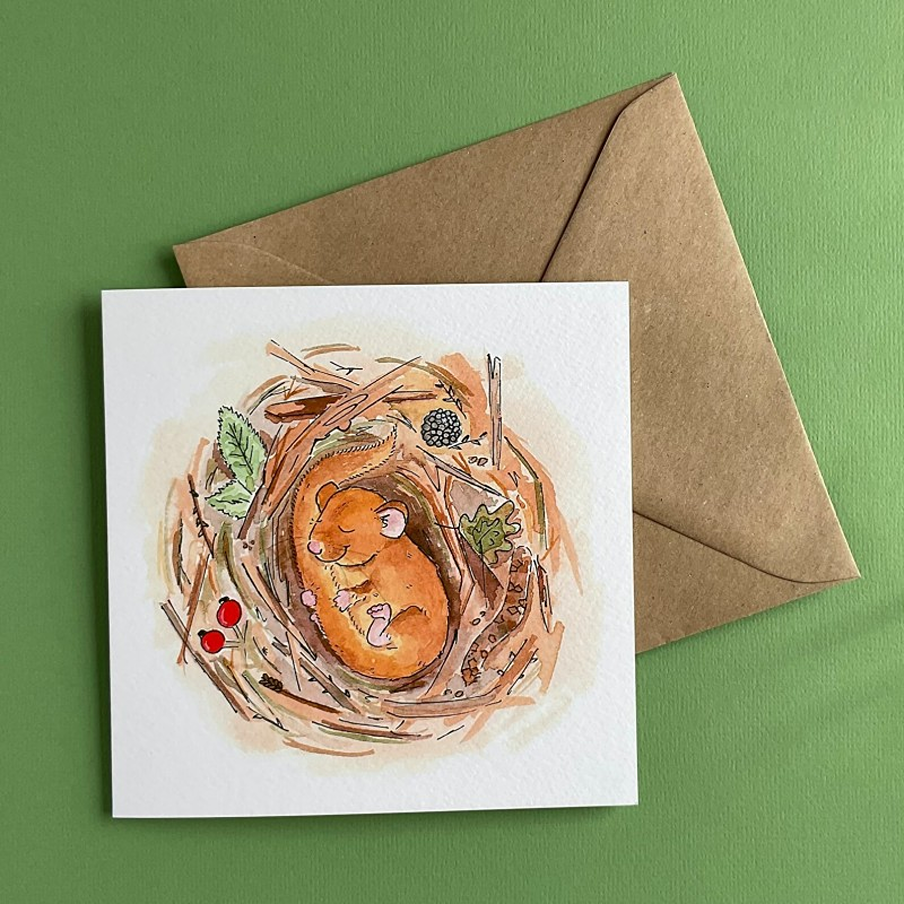
This lovely card is printed on recycled paper, with natural flecks. And 20% of proceeds go to People’s Trust For Endangered Species, to help save dormice.


